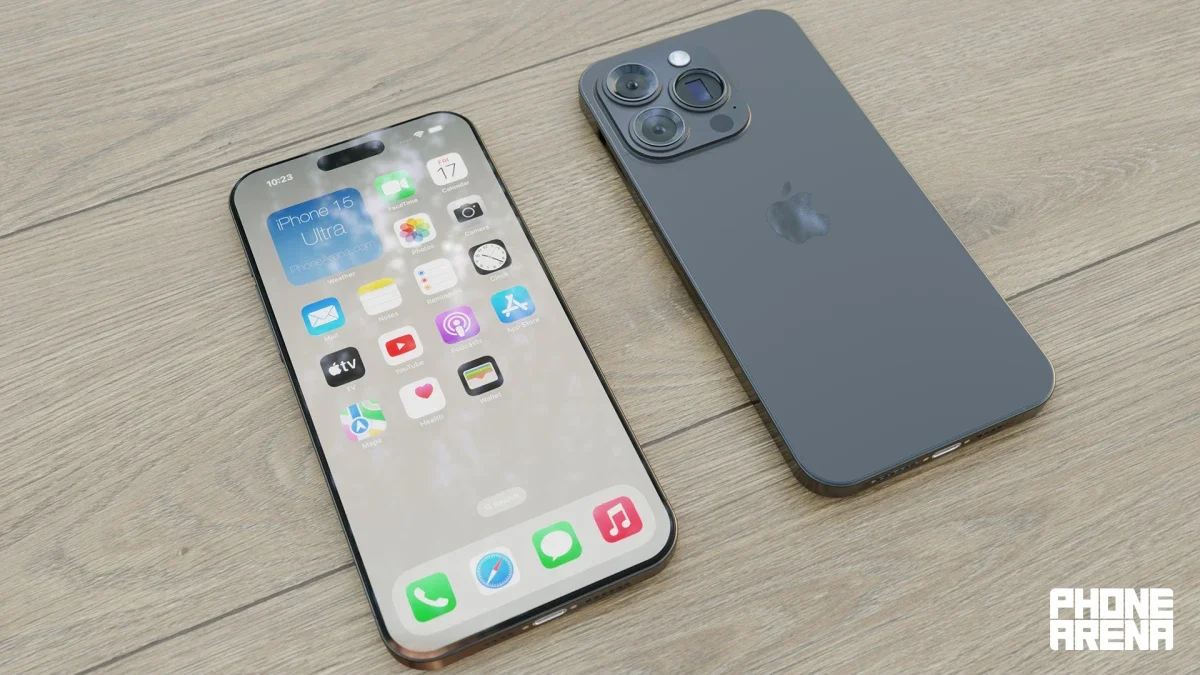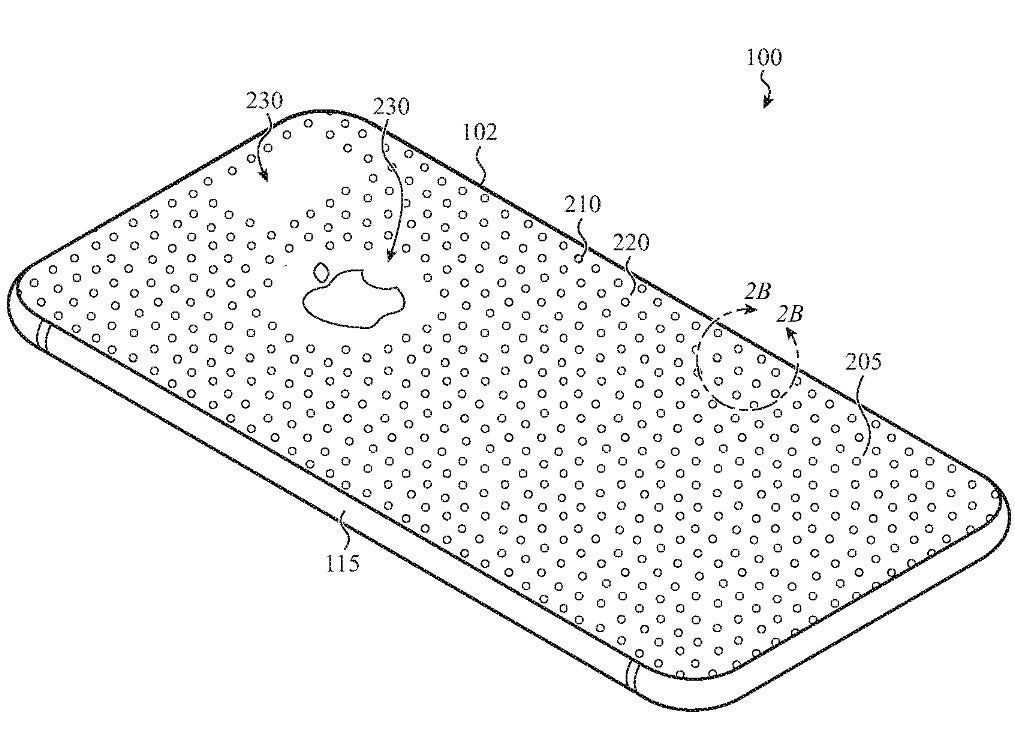Future iPhone models might be resistant to scratches and dents

Apple has been awarded U.S. patent number US 11,678,445 B2 by the U.S. Patent and Trademark Office (USPTO) for a patent titled "Spatial Composites." The patent revolves around the process of embedding materials such as metal and ceramic into the housing of a handset to make the casing more resistant to scratches. As Apple notes in the patent, housings made of metal are strong and could be scratch-resistant but could also interfere with radio signals entering or emanating from the device.
Plastic also would not be suitable even though it would be fairly strong and transparent to radio signals. But plastic can be easily scratched and dented. Ceramic housing would also allow radio signals into and out of the device and would be scratch resistant. But ceramic could also be brittle. The patent discusses using all three materials combined to create plastic housing embedded with metal, ceramic, glass, and other materials.
These materials would be embedded on top of the plastic to deliver a balance of properties including strength, toughness, shatter resistance, radio transparency, and scratch or abrasion resistance. The abrasion-resistant materials could be formed into different shapes and sizes. They could be spherical, shaped like a bead, or have interconnecting structures allowing the abrasion-resistant materials to connect with each other.

Apple receives a patent allowing it to use various materials to manufacture more durable device housing
By playing around with the surface density of the abrasion-resistant materials, Apple may be able to change some of the materials' structural qualities such as stiffness, hardness, and flexibility. The patent gives an example. By changing the surface densities of these materials, Apple could make the corners of the housing stiffer and give different areas of the housing better protection from scratches and abrasions while sections of the housing could be made to be stronger, and tougher.
The housings mentioned in the patent, Apple says, can be used for mobile phones, watches, tablets, music playback devices, laptops, notebooks, and other devices. We will see whether Apple does anything with this patent. The company receives many patents over the course of a year and only a few are ever implemented on an Apple device.
Follow us on Google News













Things that are NOT allowed:
To help keep our community safe and free from spam, we apply temporary limits to newly created accounts: